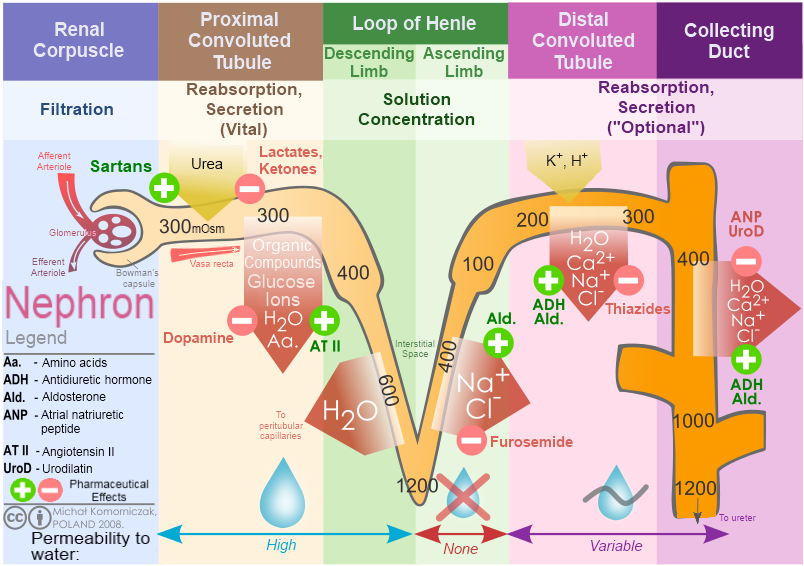Diabetes mellitus ADA guideline(2016)
1. DM types: type 1, type 2, GDM, MODY2. Diagnosis
 |
| Diabetes Care Volume 39, Supplement 1, January 2016 |
-- To test for prediabetes, fasting
plasma glucose, 2-h plasma glucose
after 75-g oral glucose tolerance test,
and A1C are equally appropriate.
-- For all patients, testing should begin
at age 45 years. (repeat every 3 years)
4. Management for type 1 DM
-- Multiple-dose insulin injections (three
to four injections per day of basal and
prandial insulin) or CSII therapy(Continuous Subcutaneous Insulin Infusion)
5. Management for type 2 DM
-- first line: Metformin
-- insulin use: if newly diagnosed and markedly symptomatic
and/or elevated blood glucose
levels or A1C
-- add therapy if: goal failed after 3 months
6. Drugs
 |
| Diabetes Care Volume 39, Supplement 1, January 2016 |
 |
| Diabetes Care Volume 39, Supplement 1, January 2016 |
 | |
|
7. Mixed therapy
-- Noninsulin agents may be continued,
although sulfonylureas, DPP-4 inhibitors,
and GLP-1 receptor agonists are
typically stopped once more complex insulin
regimens beyond basal are used
-- Regular human insulin and human
NPH-Regular premixed formulations
(70/30) are less costly alternatives to
rapid-acting insulin analogs and premixed
insulin analogs, respectively,
but their pharmacodynamic profiles
make them suboptimal to cover postprandial
glucose excursions


